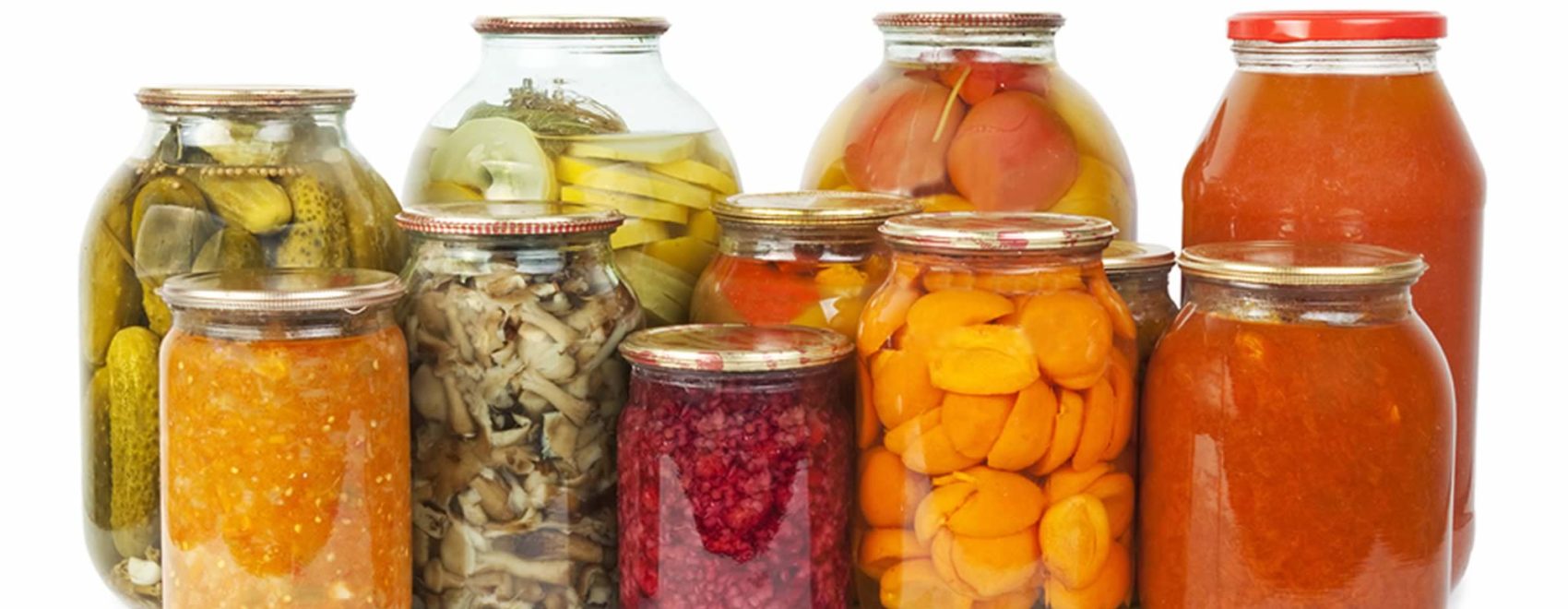How to Choose the Best Foods for Home Canning
Last week, I sat in the kitchen watching as my in-laws carefully canned a dozen quarts of tomatoes from their beautiful garden. They are pros, and after years of canning experience, I suspected that they had quite a bit they could teach me. So I started asking questions and listened carefully as they gave me a crash course in canning. One of the topics we covered was how to choose the best foods for canning.
What Foods Can and Cannot Be Canned?
I was really surprised when my father-in-law started telling me all the different foods you can use for home canning. It’s possible to can nearly anything if you know the proper techniques. Try canning fruits, vegetables, soups, stews, salsas, legumes, meats, jams, and sauces.
There are only a few exceptions that should be avoided when you are home canning. Most experts recommend that you avoid canning any kind of dairy products, as they tend to go rancid if you don’t store them in a refrigerator. The same caution applies to oils and fats, and mashed vegetables or fruit. The heat used in canning is not high enough to penetrate mashed up produce and will not kill the micro-bacteria present in the food.
You should avoid canning cooked pasta as it will just breakdown into mush during the high heat processing time. You should also try to select the leanest possible meats for canning so the heat can properly penetrate and kill bacteria. Avoid organ meats like pate and liver.
Low Acid vs. High Acid Foods
A food’s acidity is a huge factor in determining how it should be canned. Highly acidic foods like fruit, tomatoes, or pickles can be safely canned using a water bath method. However, home canning of foods with lower acidity like vegetables, seafood, poultry, and meat will need the higher heat of a pressure canner to prevent the growth of dangerous botulism bacteria. For low acid foods, you typically process the jars in a pressure canner at 10 to 15 pounds of pressure for 20-100 minutes. Always follow a recipe to make sure you are processing the food correctly.
From the Garden to the Can
When you are home canning produce, you have a couple of options. First, you can grow your own organic vegetables from non-GMO, non-hybrid seeds at home. This is obviously the most cost effective method and canning is a great way to make your summer garden last year round. Of course, if you don’t have room for a garden or you choose not to grow one, you can always buy your produce at a farmer’s market.
It’s always best to use organic fruits and vegetables whether you are eating them raw or canning them. Choosing organic food gives you the peace of mind that you are feeding your family the highest quality products with no dangerous pesticides or poisons.
Can your food while it is still nice and ripe. Don’t wait until it’s almost spoiled to start canning. If you want your canned produce to taste great, prepare it using the most ripe, unblemished produce possible. As I watched my in-laws work on their canned tomatoes, it was obvious they were following this rule. They had just picked the tomatoes out of their garden that afternoon and the result was both beautiful and delicious.
If you are interested in canning, don’t let your lack of knowledge keep you from giving it a try. You can also read more about canning safety on the National Center for Home Food Preservation website. Find your own canning mentor and spend an evening watching how the magic happens. Then go home and try it for yourself to build up your own supply of organic canned foods for your family to enjoy.
Want to learn more about preserving food? Read our article How to Preserve Food in our Prepping tutorials section.


Leave a Reply